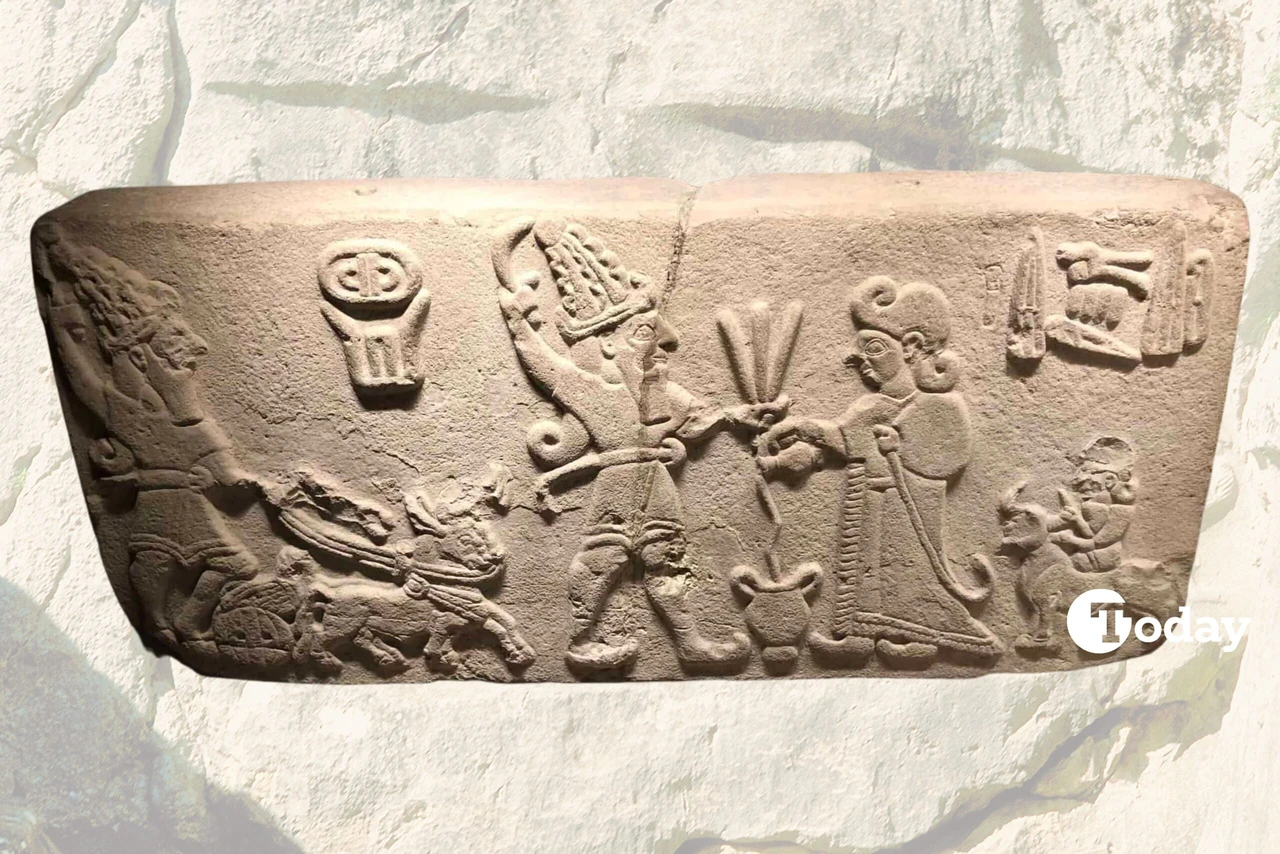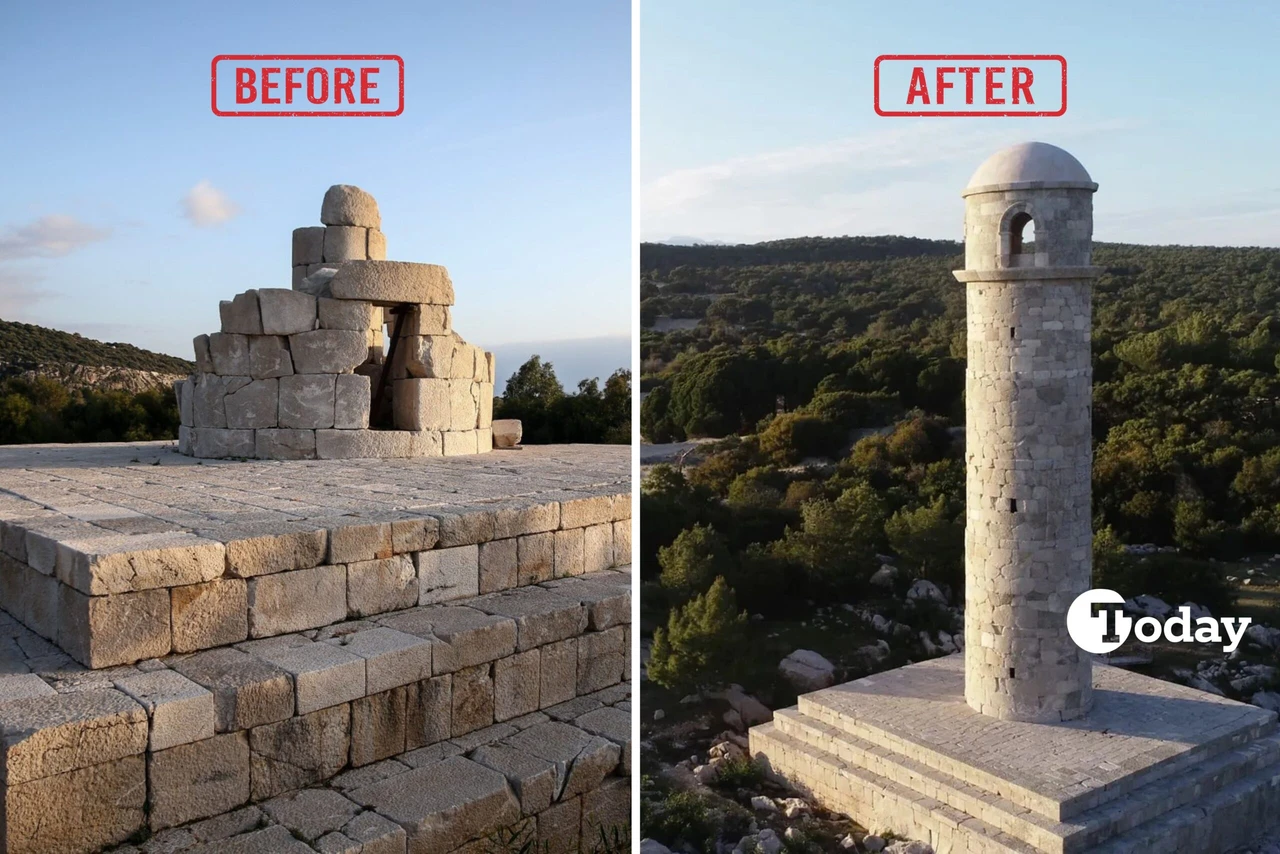Czech Turkophobia: A Look at historical and modern visual representations
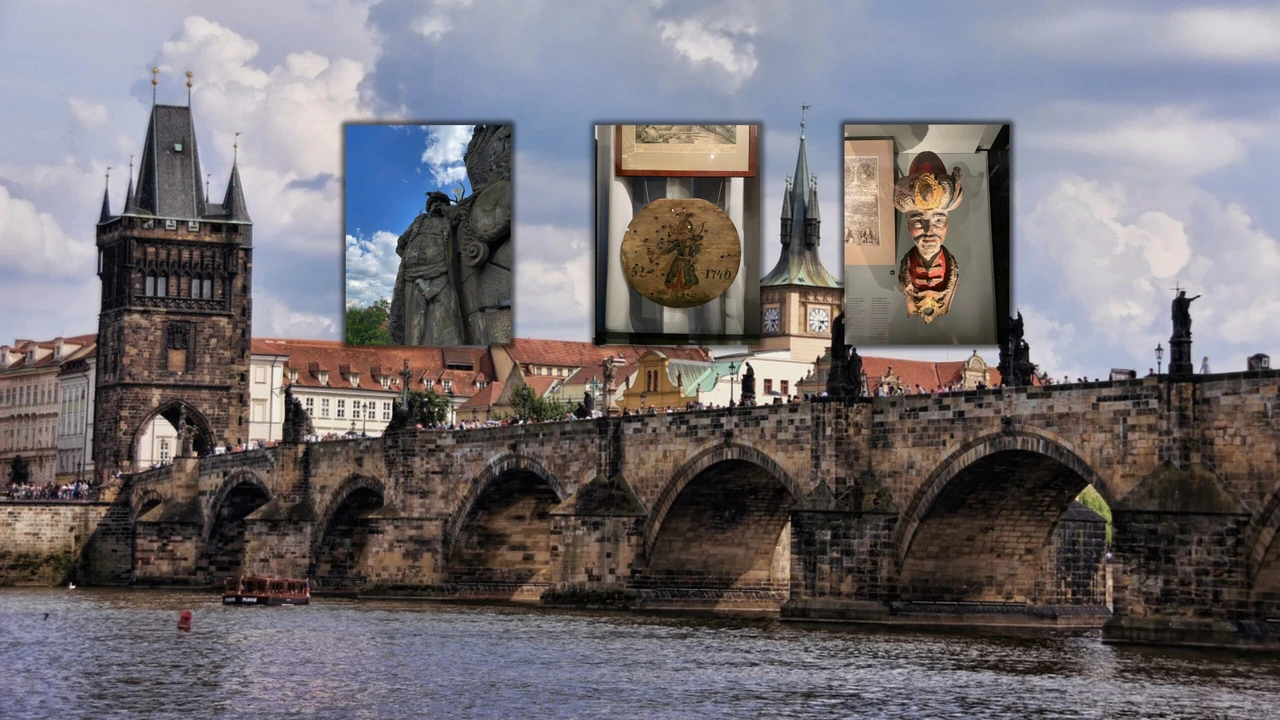 Charles Bridge and Turkophobic Artifacts, in Prague, Czechia, June 12, 2024. (Photo by Koray Erdogan/TürkiyeToday)
Charles Bridge and Turkophobic Artifacts, in Prague, Czechia, June 12, 2024. (Photo by Koray Erdogan/TürkiyeToday)
Prague, the capital of the Czechia, has been known by many nicknames throughout history, such as the “Golden City,” the “City of a Hundred Spires,” and the “Roof of Europe.” With its medieval architecture, bridges, castles, and cathedrals, the city takes its visitors on a journey through time.
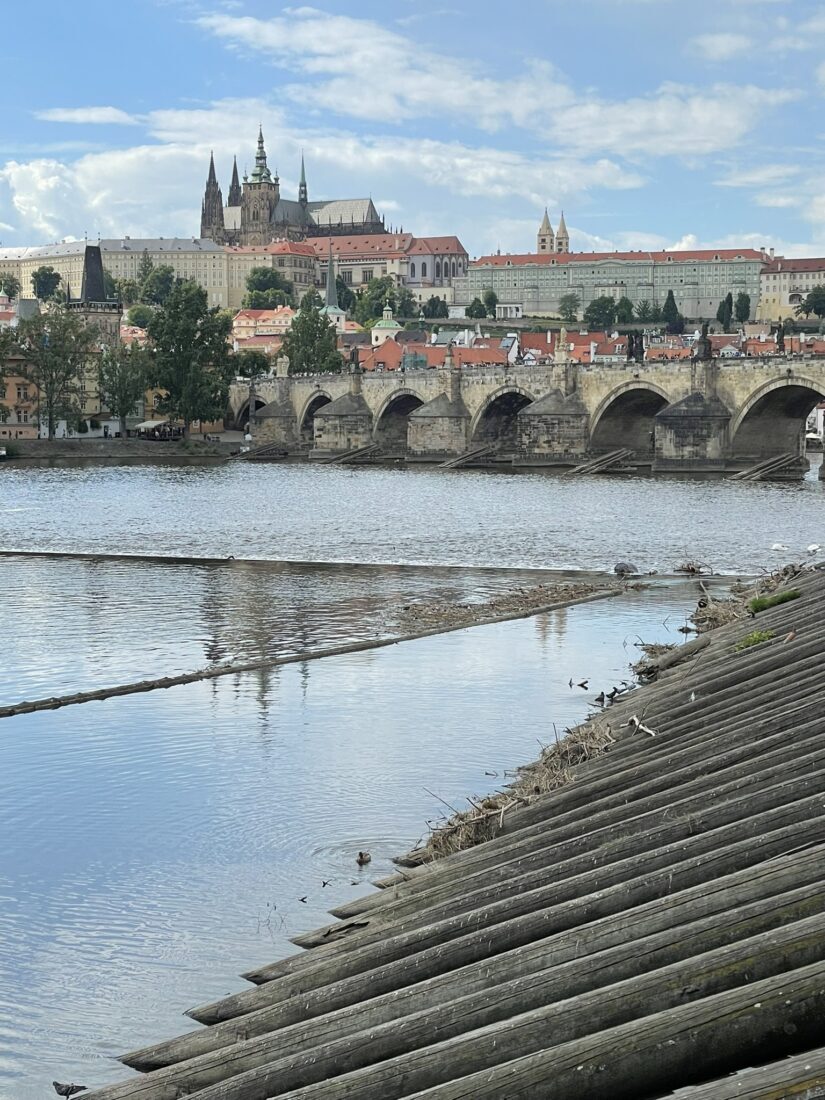
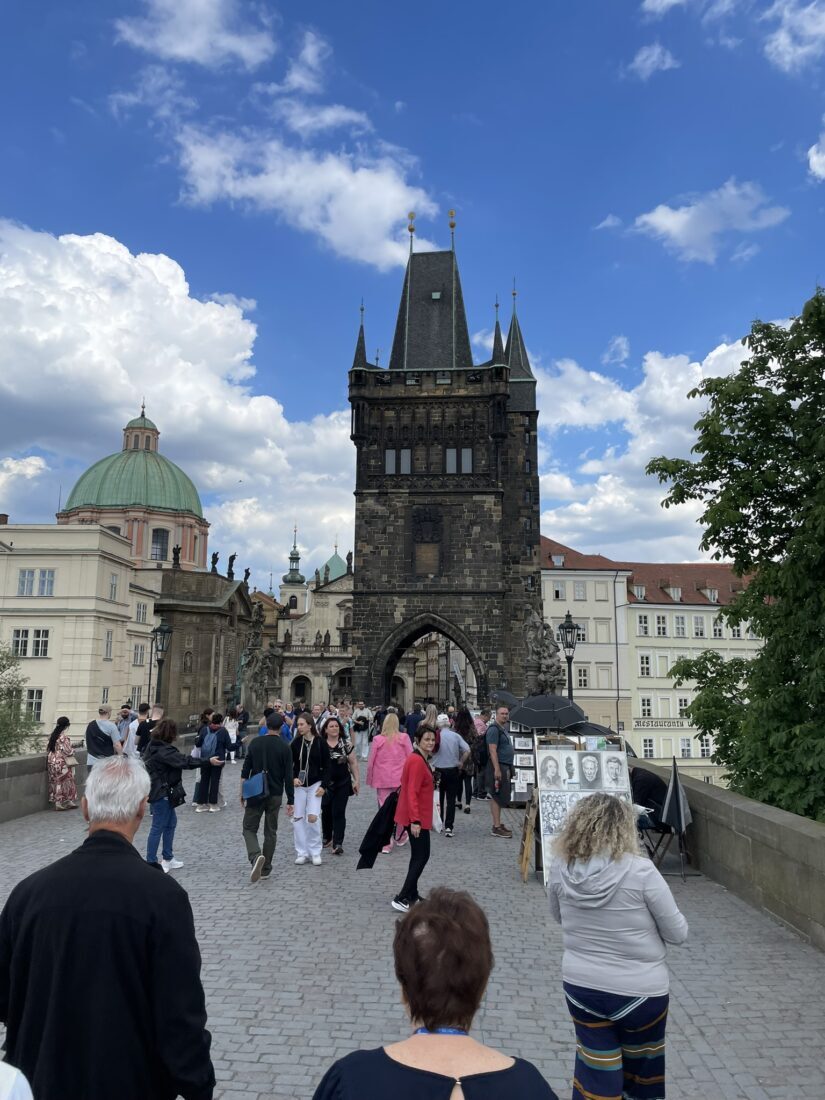
Among the must-visit landmarks is the Charles Bridge, which spans the Vltava River. Completed in 1402 under the patronage of King Charles IV, the bridge connects the “Old Town” with the “Mala Strana” district, home to the famous Prague Castle complex.
The bridge, one of the city’s significant landmarks, features 30 statues. Among these, the trio of St. John of Matha, St. Felix of Valois, and St. Ivan is particularly noteworthy for Turkish tourists. At the base of this statue group, there are figures of chained slaves awaiting release. These slaves are depicted inside a dungeon, overseen by a Turkish slave trader.
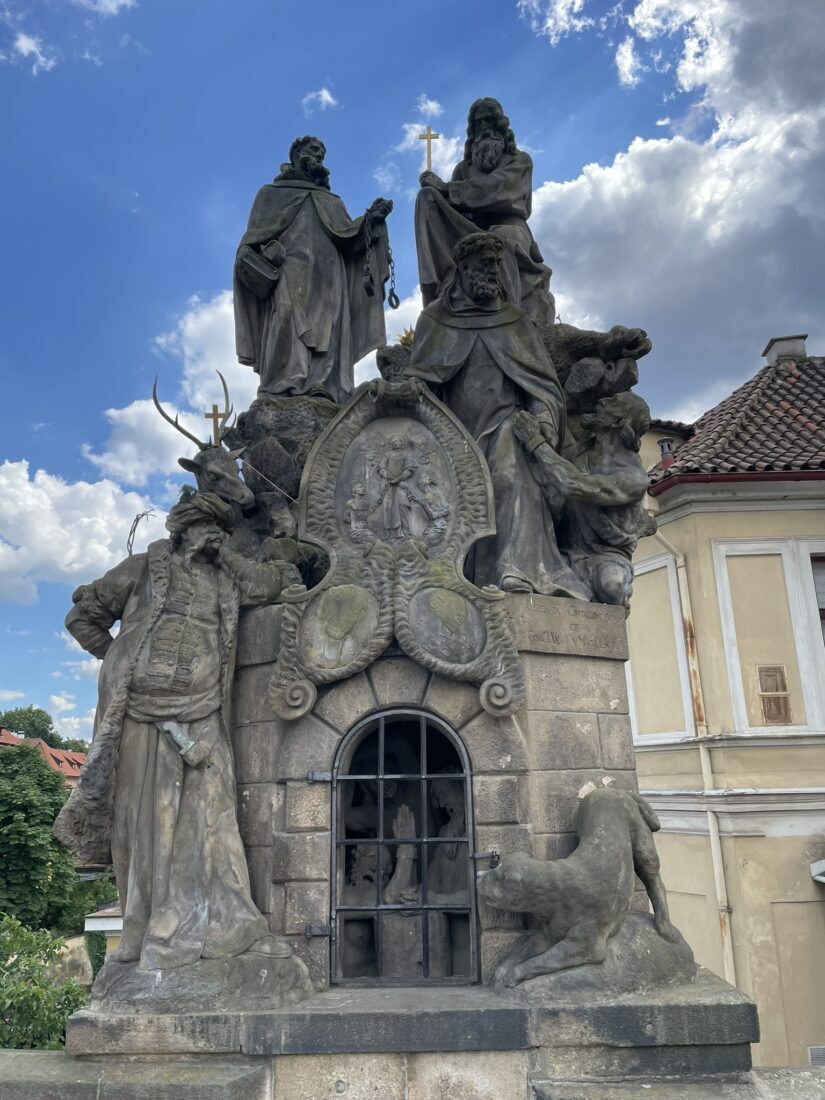
Does power of visuals in historiography lead to pseudo-history?
The figure of the Turkish slave trader on the statue reflects the ideological and political atmosphere of its time. The Ottoman Empire, from the 15th century, when the bridge was built, through the 17th and 18th centuries, was perceived as an increasing threat in Europe.
Turks were seen as the “other” and used as a source of fear in many Western societies. The Turkish figure in the statue was used to warn people against the Turkish threat and emphasize the importance of the Trinitarian Order. By conveying the message, “If the Turks come, they will enslave you,” the visual reinforces the image of Turks as dangerous and cruel.
Looking at the relevant period, the Ottoman Empire was one of the most tolerant Turkish states in its conquest policies. The Ottomans generally pursued a policy of tolerance toward the communities of different religions and cultures in the regions they conquered. This tolerance played a significant role in maintaining the multinational and multi-religious structure of the Ottoman Empire.
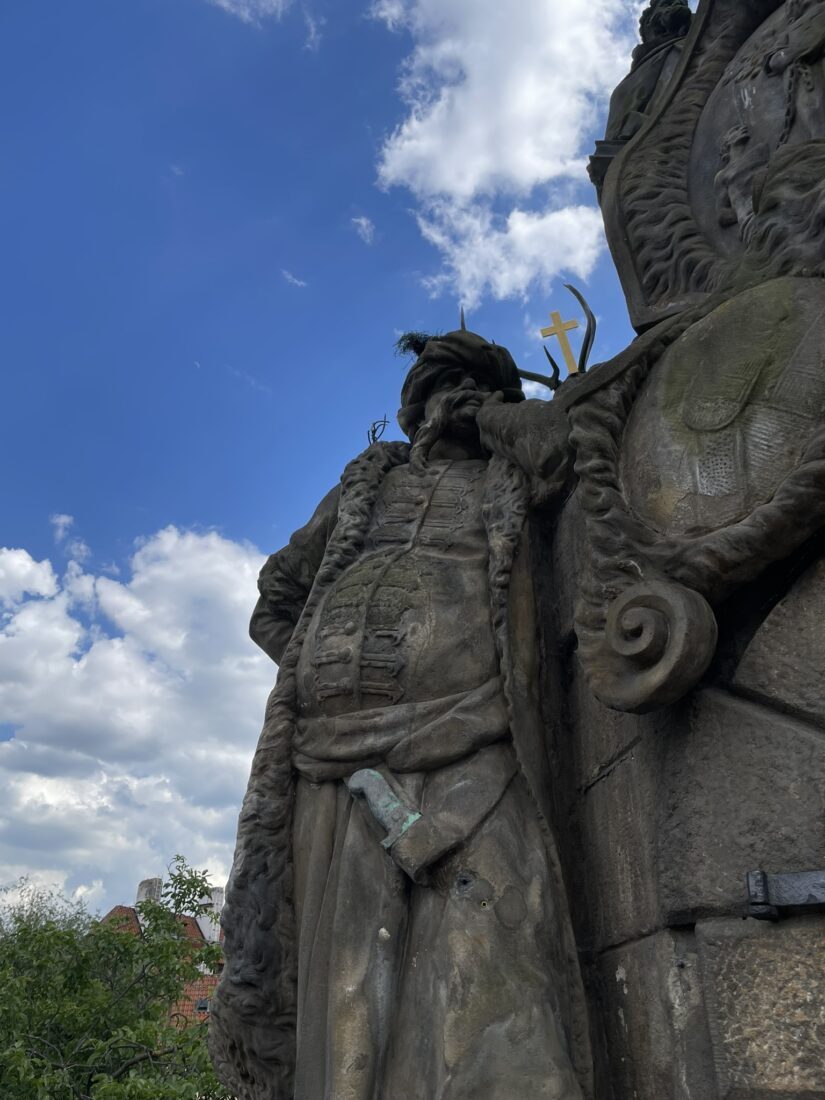
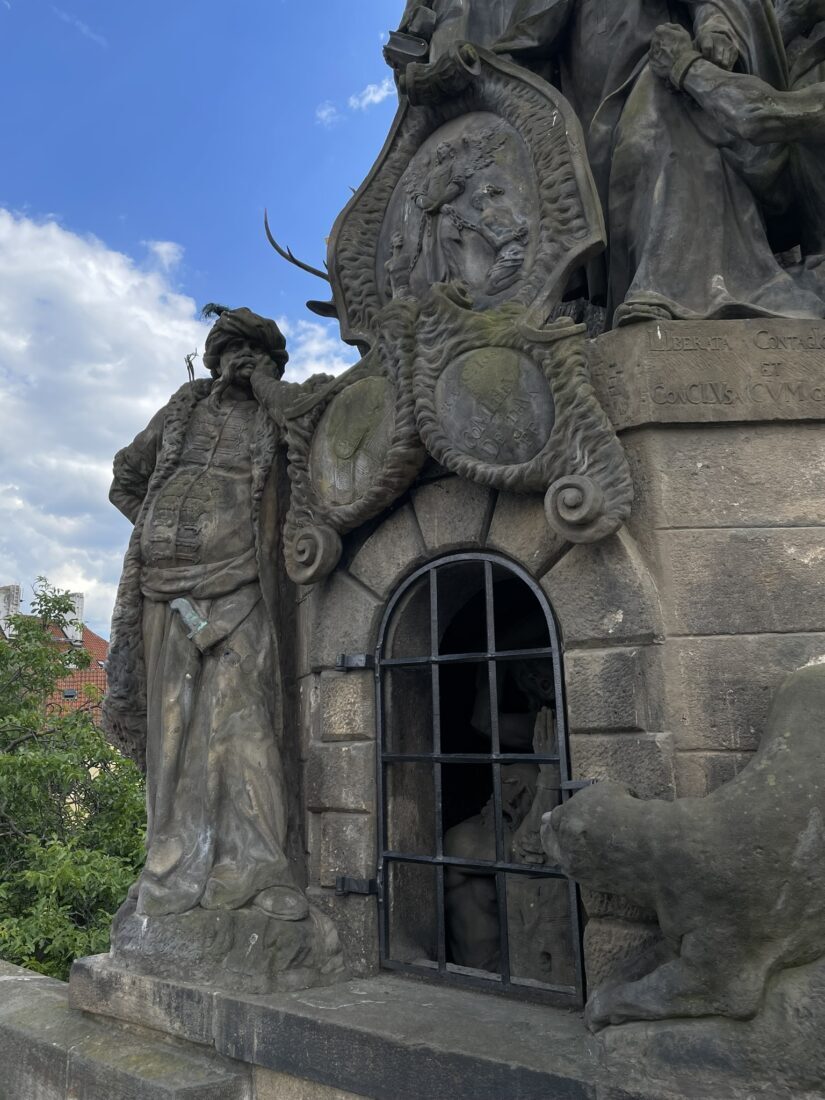
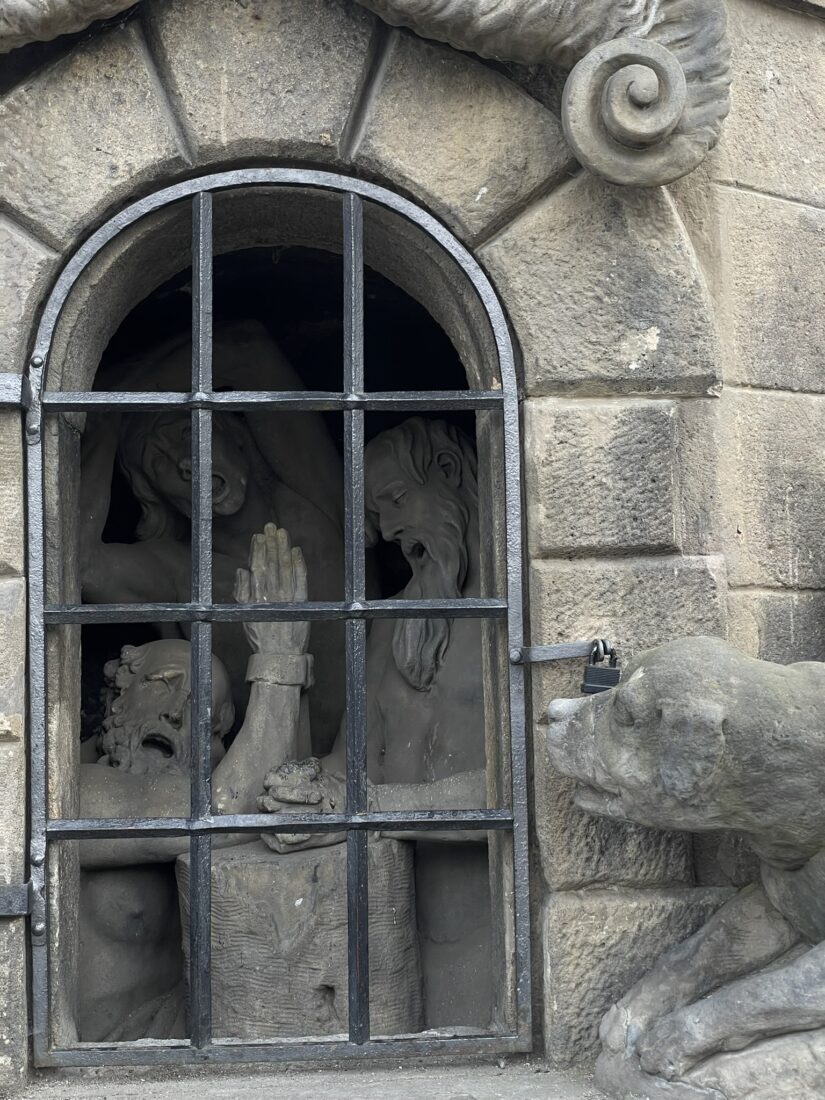
The Ottomans respected the local cultures and religions in the regions they conquered. This cultural and religious tolerance allowed the local traditions and customs to continue.
This approach, unlike the forced assimilation practiced by some empires, allowed conquered peoples to maintain their traditions and customs. The Ottomans viewed cultural diversity as a strength, not a threat.
The Ottomans’ tolerance in conquests increased the loyalty and allegiance of the communities in the conquered regions to the Ottoman administration. This policy of tolerance facilitated the long-term stability and governance of the vast territories of the Ottoman Empire. Additionally, this tolerance led to cultural and religious diversity in Ottoman lands, contributing to the rich cultural heritage of the empire.
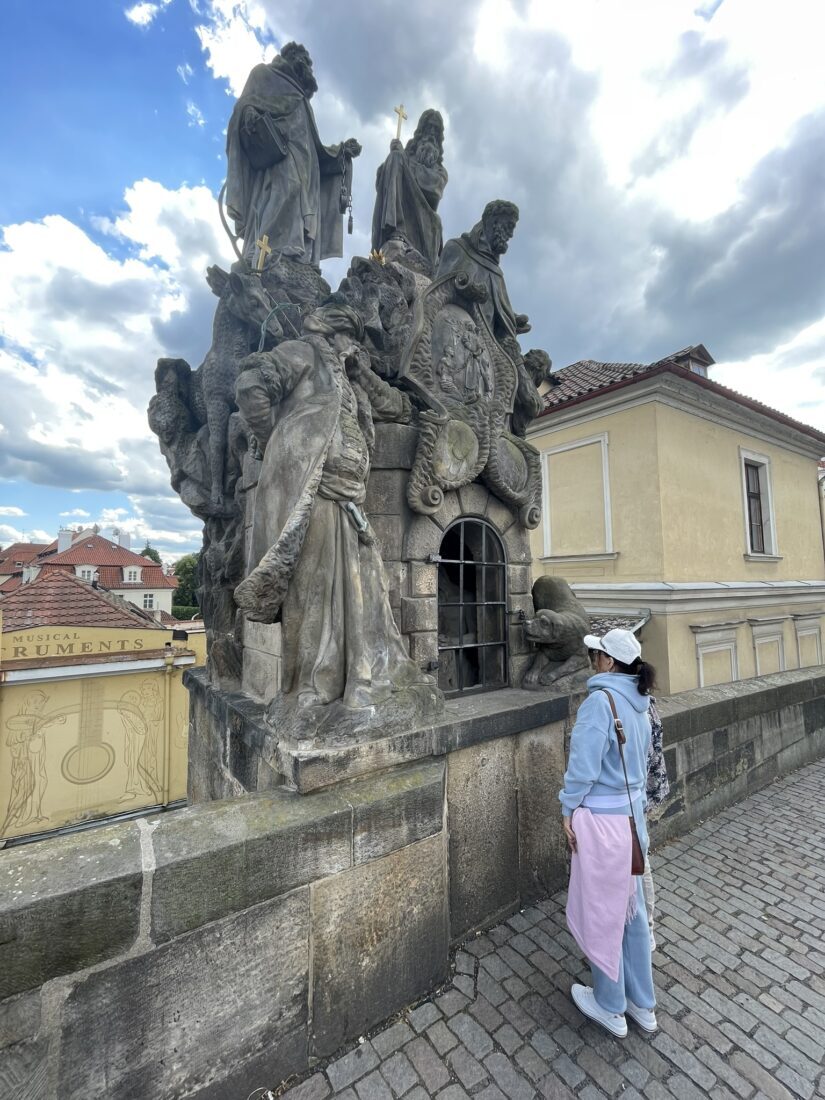
Is statue’s intended message artistic, religious or political?
While Turkish tolerance in conquests was an essential factor for different cultures and religions to coexist throughout history, the statue on the Charles Bridge does not solely deliver a religious message. It also demonstrates the power of visuals in historiography. Visuals can convey messages more directly and effectively than written texts. This statue illustrates how visuals were used in the historiography of the time and their role in informing and manipulating the public.
The figure of the Turkish slave trader reveals how Turks were demonized in the historical narrative of Europe and how this narrative was strengthened through visual arts.
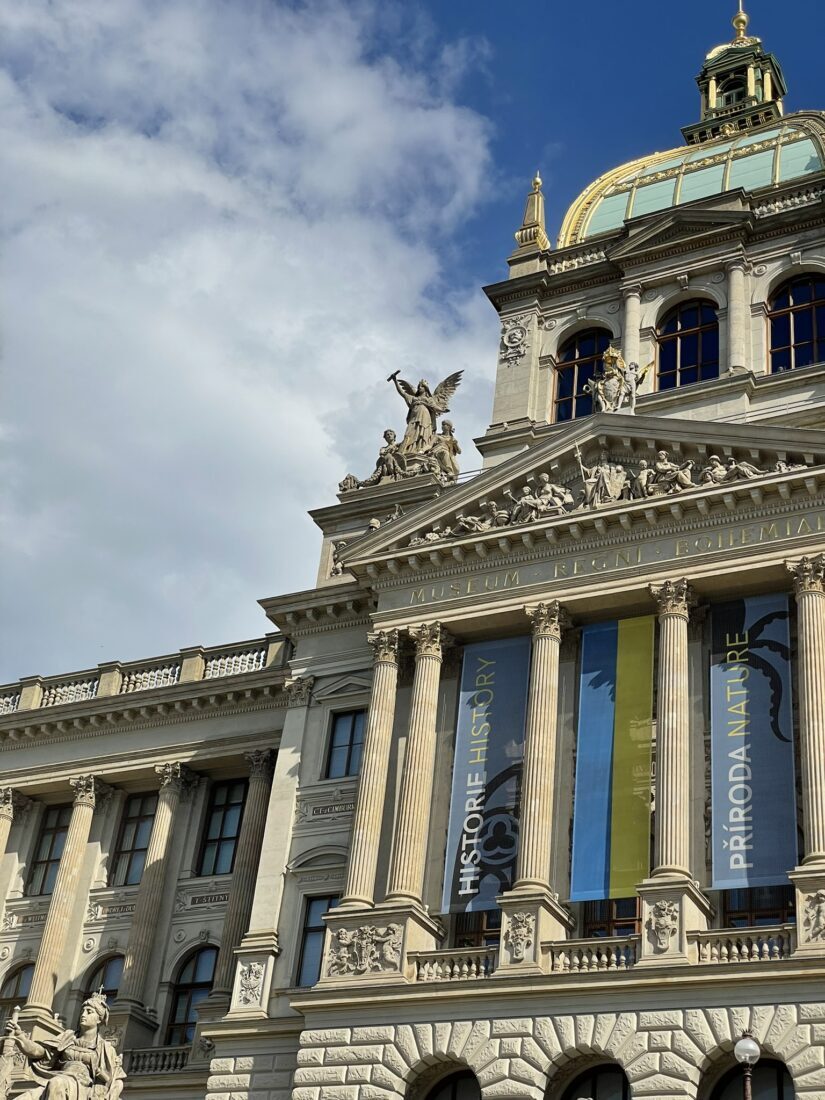
Traces of Turkophobia in Czechia are not limited to statue on Charles Bridge
The National Museum in Prague, a public institution dedicated to the natural sciences, history, culture, and people of the Czechia, was founded by Kaspar Maria Sternberg in 1818. The museum’s main building, constructed in 1891, is located on Wenceslas Square in the center of Prague. The museum hosts approximately 14 million artifacts across various buildings, spanning natural history, history, art, music, and librarianship.
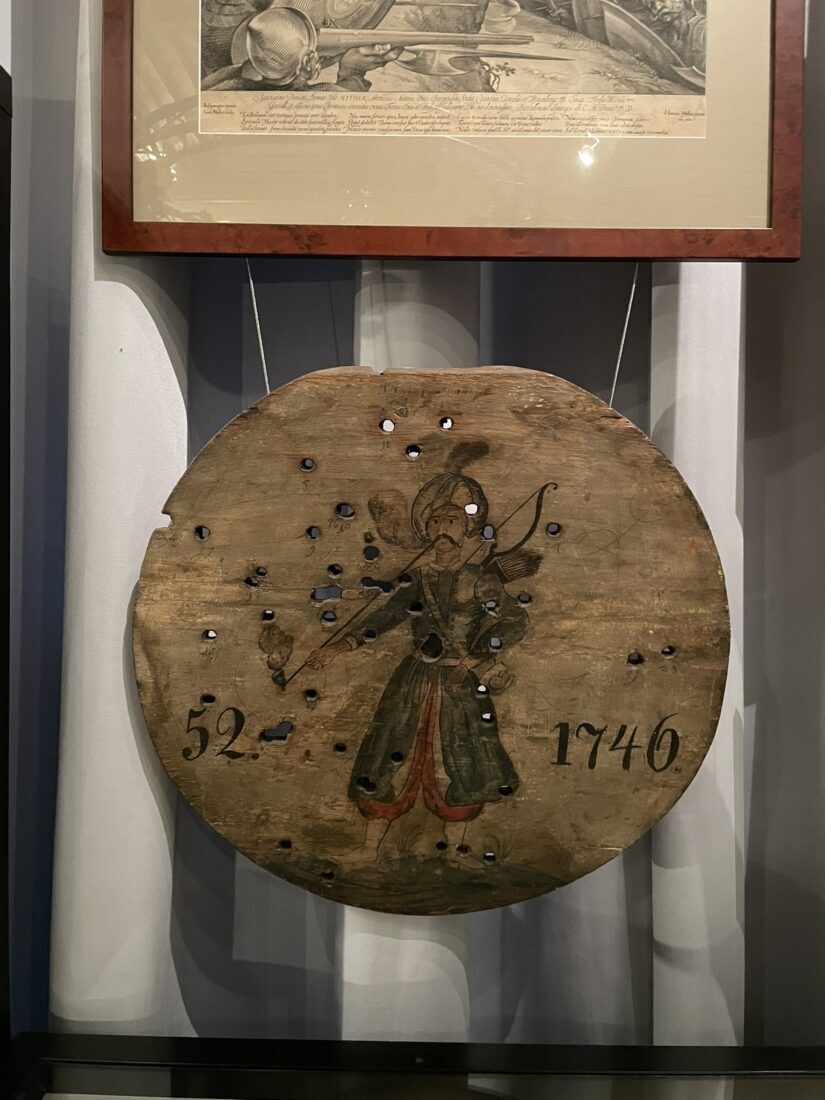
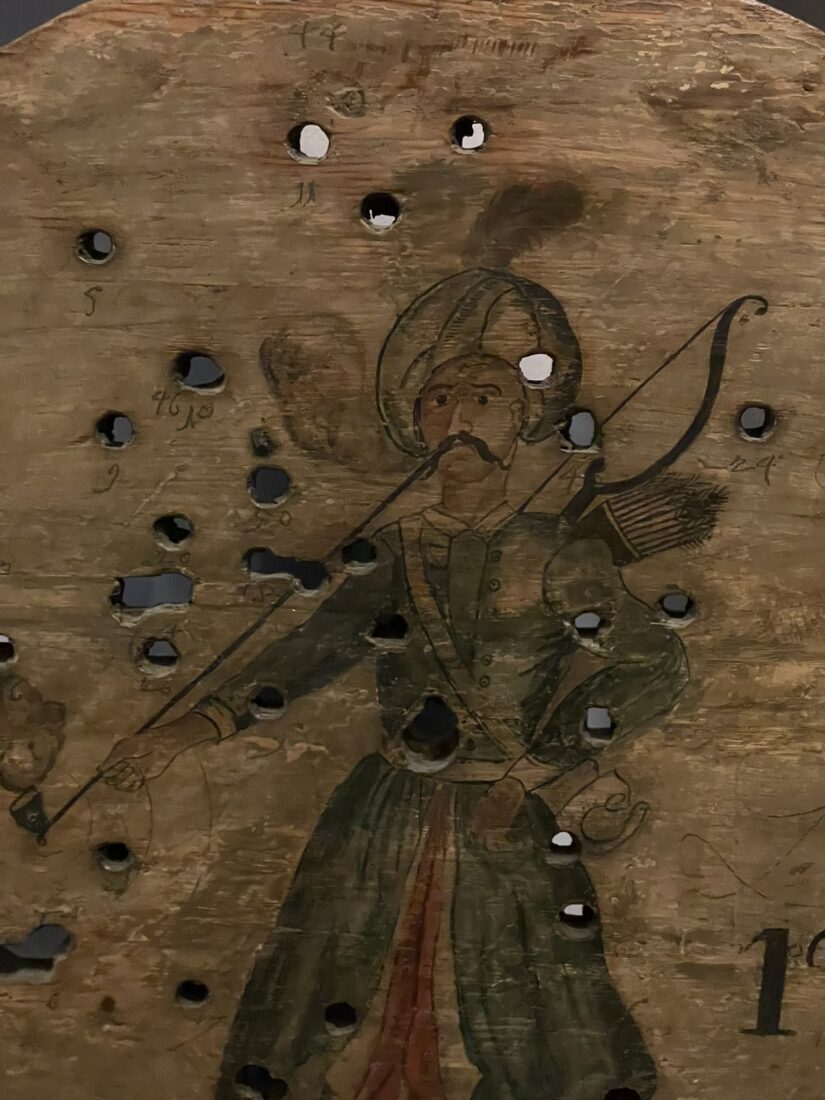
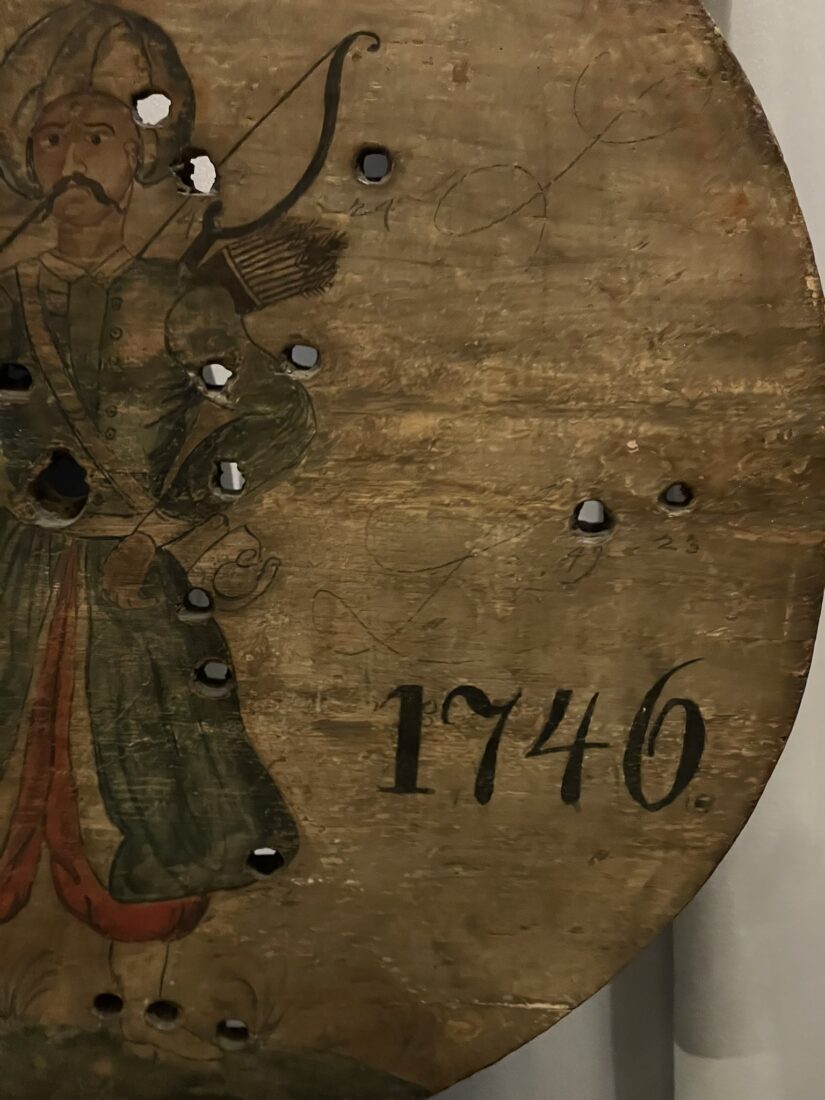
Among these artifacts are statues and heads symbolizing Turks, as well as an archer training target, highlighting the widespread Turkophobia in 18th-century Europe. The target, dated 1746, features a depiction of a Turkish archer in the center, surrounded by holes presumably made by Czech archers during practice.
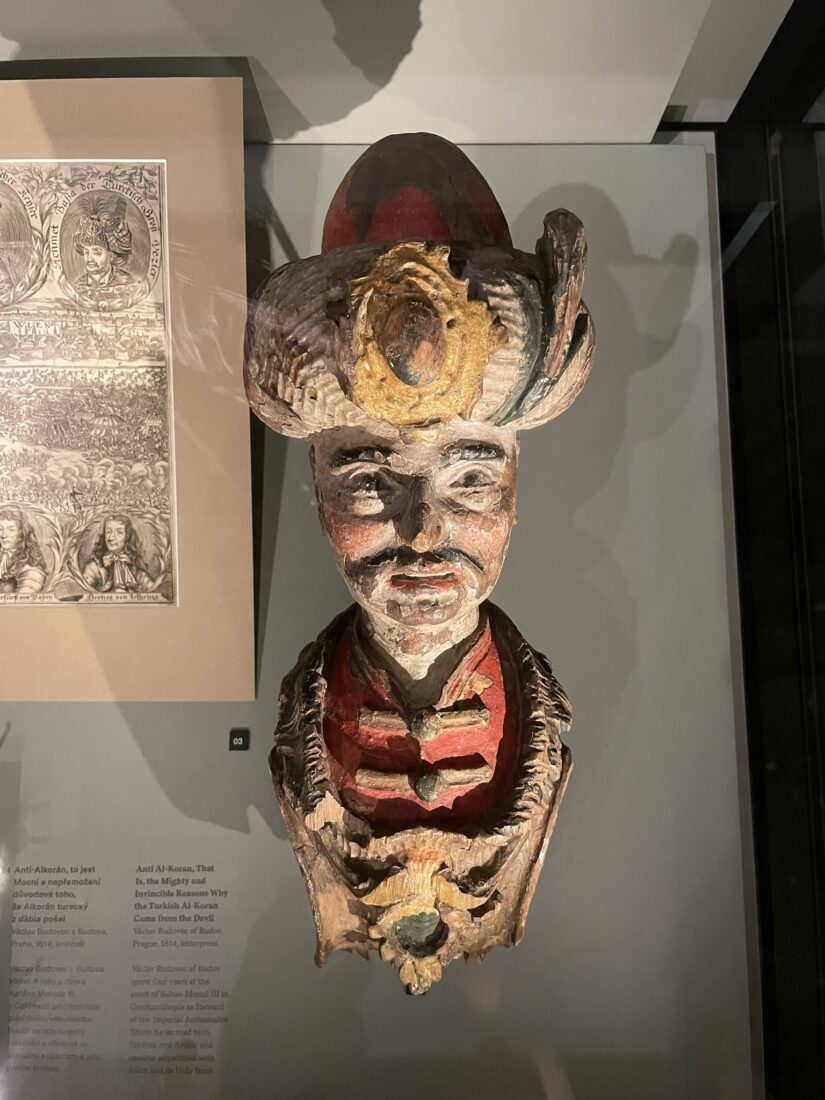
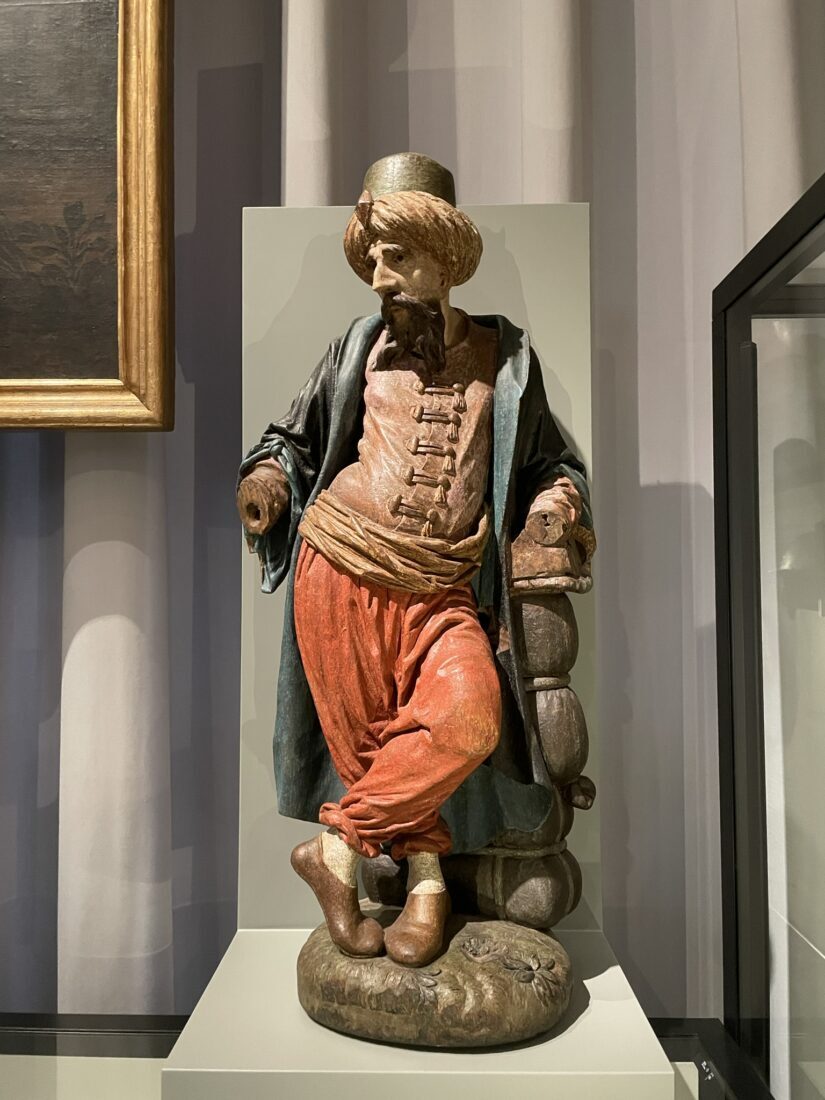
This article has been prepared to highlight the historical and cultural significance of these visual representations and their impact on the public perception of history.


